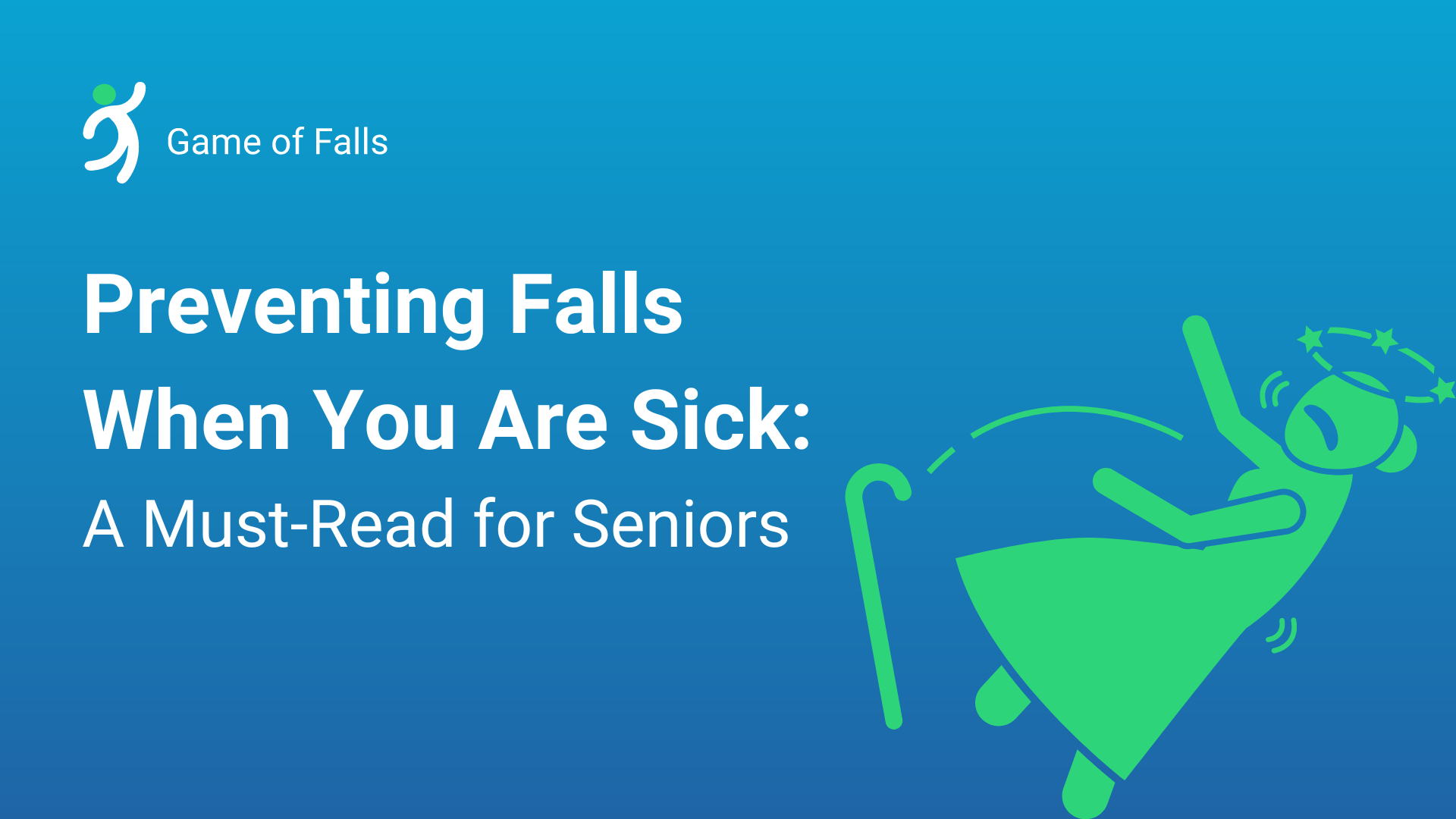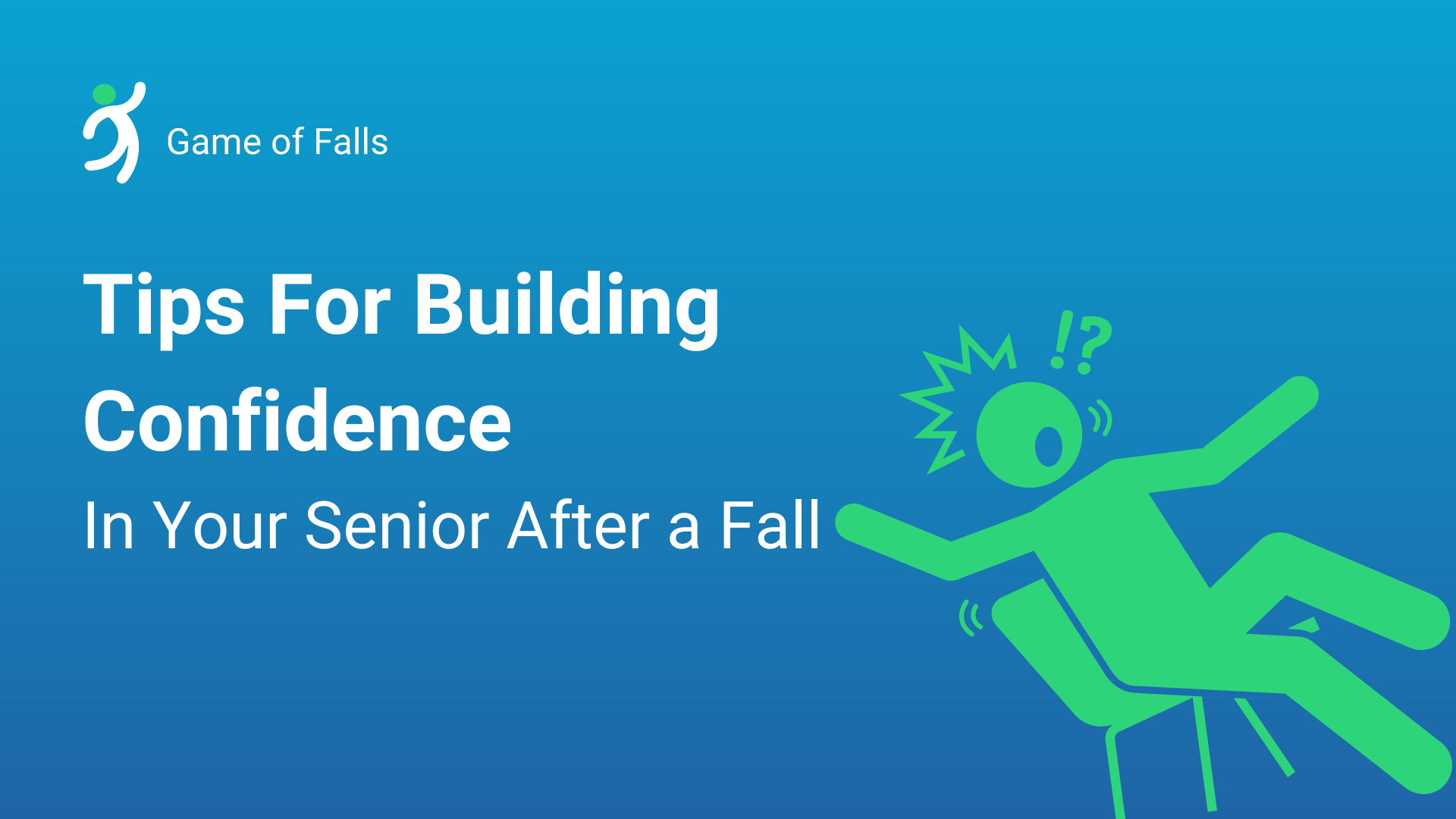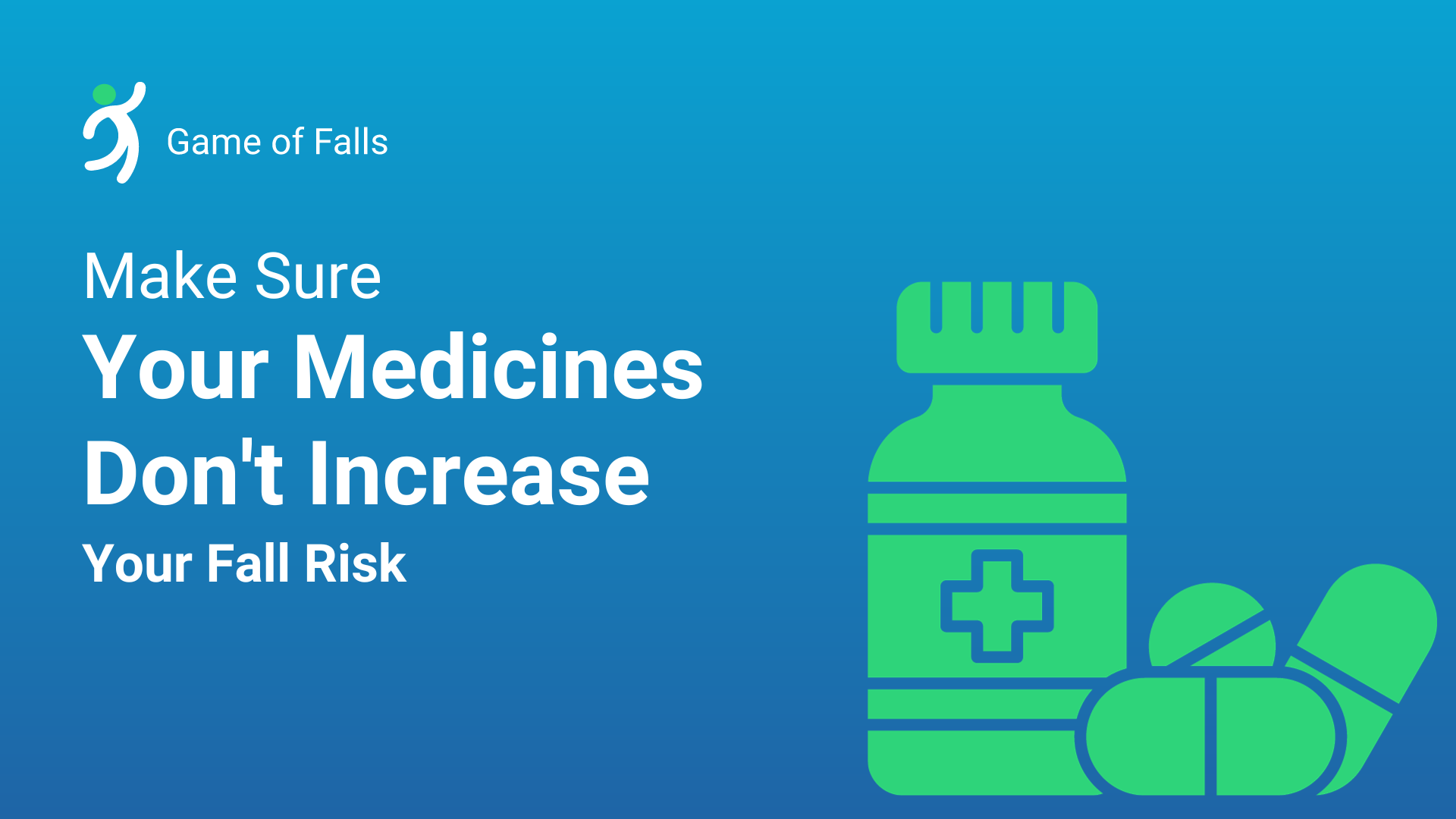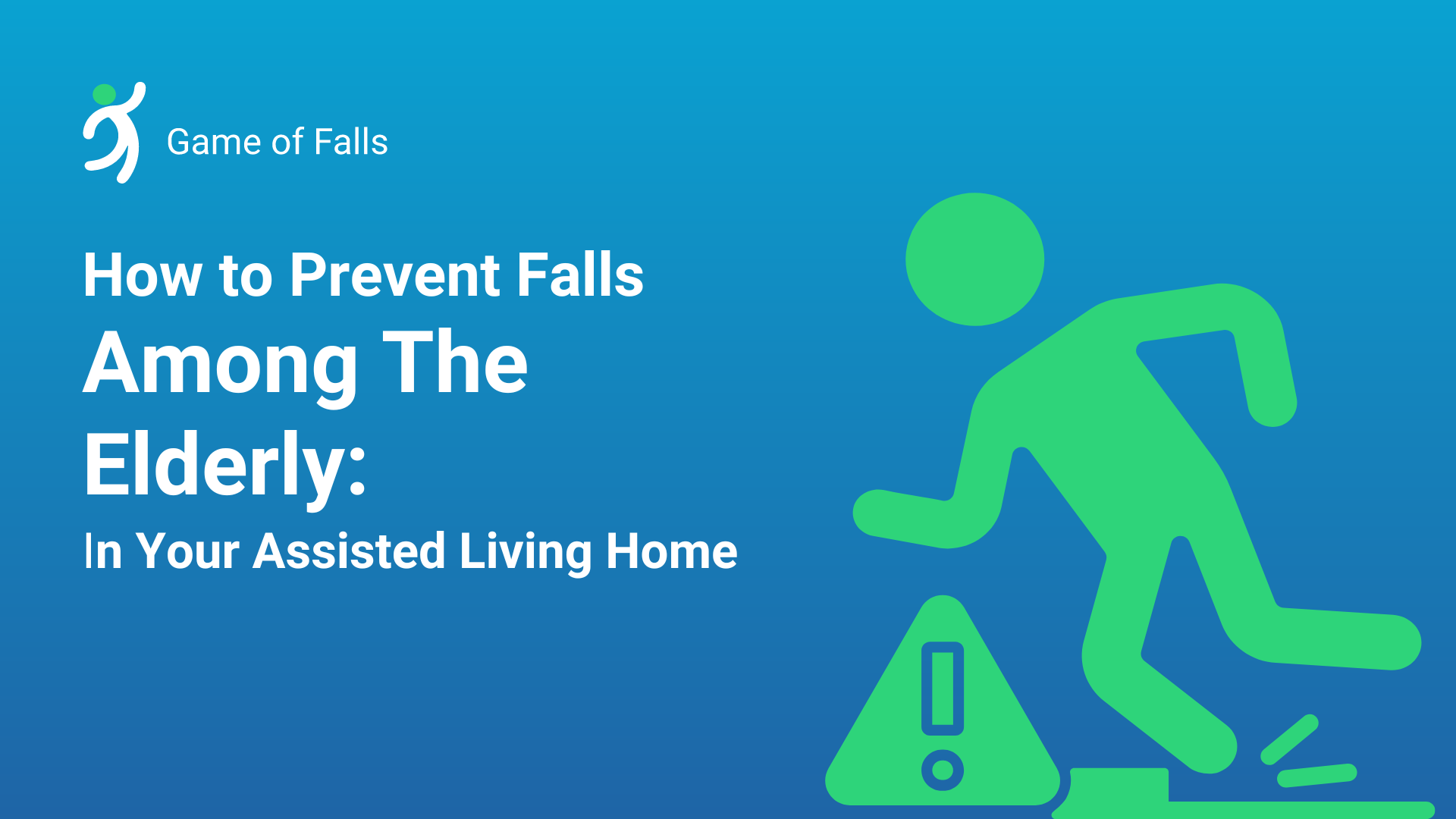
Navigating the golden years in the comfort and safety of an assisted living home is a priority for many families. Why, you ask? Well, statistics reveal that in the US, falls among the elderly, particularly those over 70, remain a significant concern so much so that they are the leading cause of injury-related visits to emergency departments and the primary cause of accidental deaths in the elderly. More specifically, falls among the elderly in assisted living facilities are growing! Let’s take a look at fall prevention in assisted living, particularly, how to prevent falls among the elderly in assisted living homes.
Understanding the Impact of Falls in Assisted Living

Falls in assisted living facilities among the elderly are more common than you might think.
While gathering specific data on fall risk in assisted living (AL) can be challenging due to varying reporting standards and oversight, a review of recent claims data offers a glimpse into the current state of fall-related incidents in AL.
As per the 2022 CNA Aging Services Claim Report:
There has been a noticeable increase in both the number and average cost of fall-related closed claims in AL since 2018.
More than half (54.8%) of all claims in the AL setting are related to falls. The main factors contributing to fall-related allegations include:
- Inadequate care, such as mishandling a resident during transfer, performing a one-person transfer when two were needed, or failing to identify a resident as fall-risk (51.0%)
- Lack of proper monitoring (44.0%)
- Unsafe living conditions (4.7%)
- The average cost of fall-related claims in AL ($239,074) continues to be the highest compared to other aging services settings.
- The most frequent outcomes of fall-related claims in AL and skilled nursing settings were death (59.4%), followed by fractures (30.7%), and head injuries (3.9%).
What is the impact of falls?
These incidents can lead to severe injuries, such as hip fractures and head traumas, and can significantly impact the quality of life. But the effects aren’t just physical. The fear of falling can cause emotional distress and lead to decreased activity and social interaction, and even depression. According to the Centers for Disease Control and Prevention (CDC), one in four American seniors falls each year, but less than half report these falls to their healthcare provider.
Interventions in Long-Term Care Settings
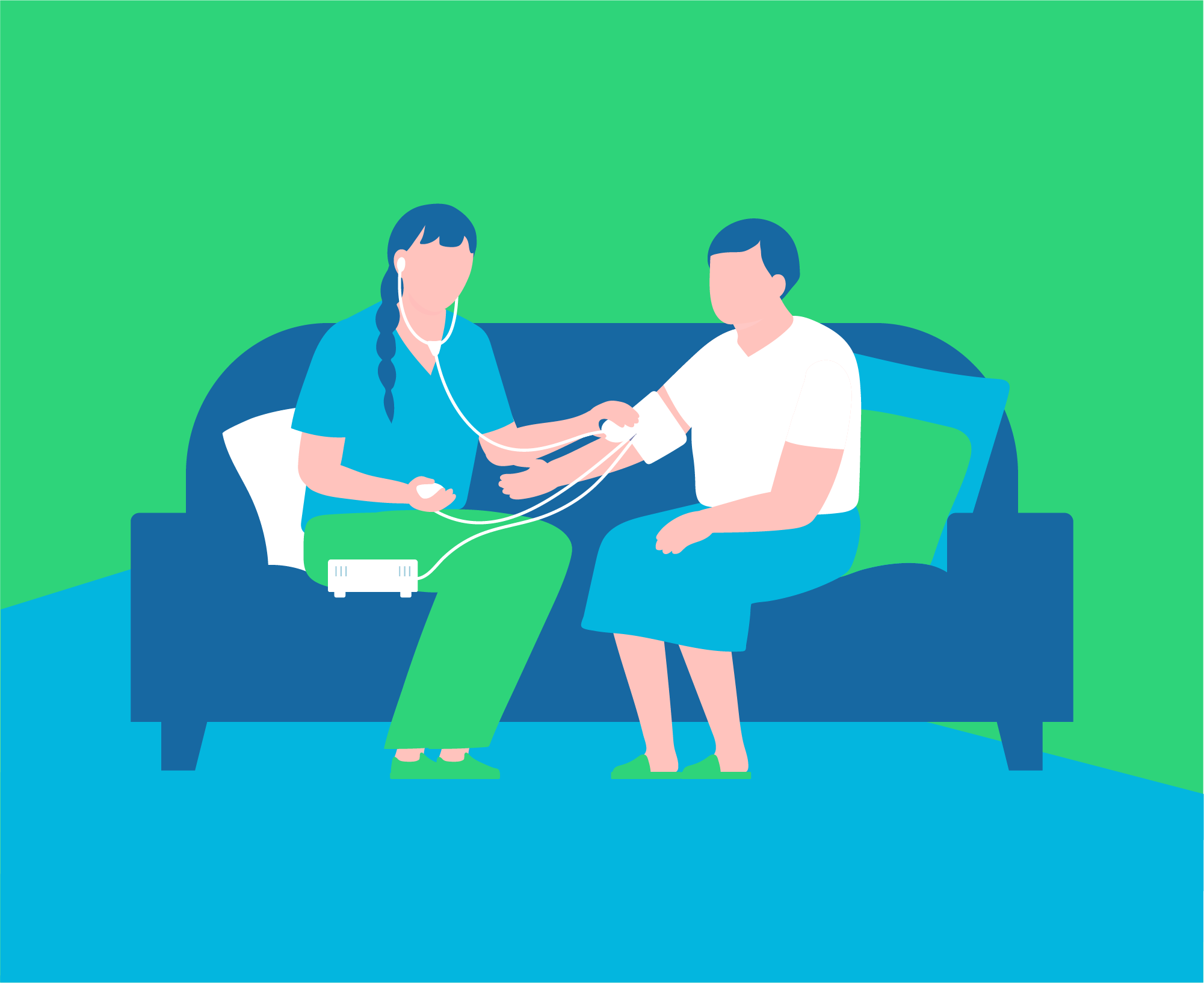
Long-term care settings, like assisted living homes, play a pivotal role in fall prevention. Protecting residents from falls in assisted living facilities and even fall prevention in nursing homes should follow a multi-faceted approach.
One critical step is conducting a comprehensive fall risk assessment for each resident. Regular assessments can help identify those at high risk and implement personalized prevention strategies. Other than this, round-the-clock supervision can significantly reduce the risk of falls too.
Ways to Prevent Elderly Falls in Assisted Living Homes
How to prevent falls in old age?
Promote Regular Physical Fitness

Exercise programs ideal for seniors can significantly reduce the risk of falls. Regular exercise improves strength, balance, and flexibility and helps prevent elderly falls in assisted living homes. Tailored exercise programs, like Tai Chi, have proven effective in enhancing stability among the elderly.
Initiate targeted exercise programs. By focusing on enhancing agility, strength, balance, and coordination, these programs not only help prevent falls but also improve overall health and well-being, thereby enhancing the quality of life for residents.
Vigilant Monitoring of Residents’ Medications and Health
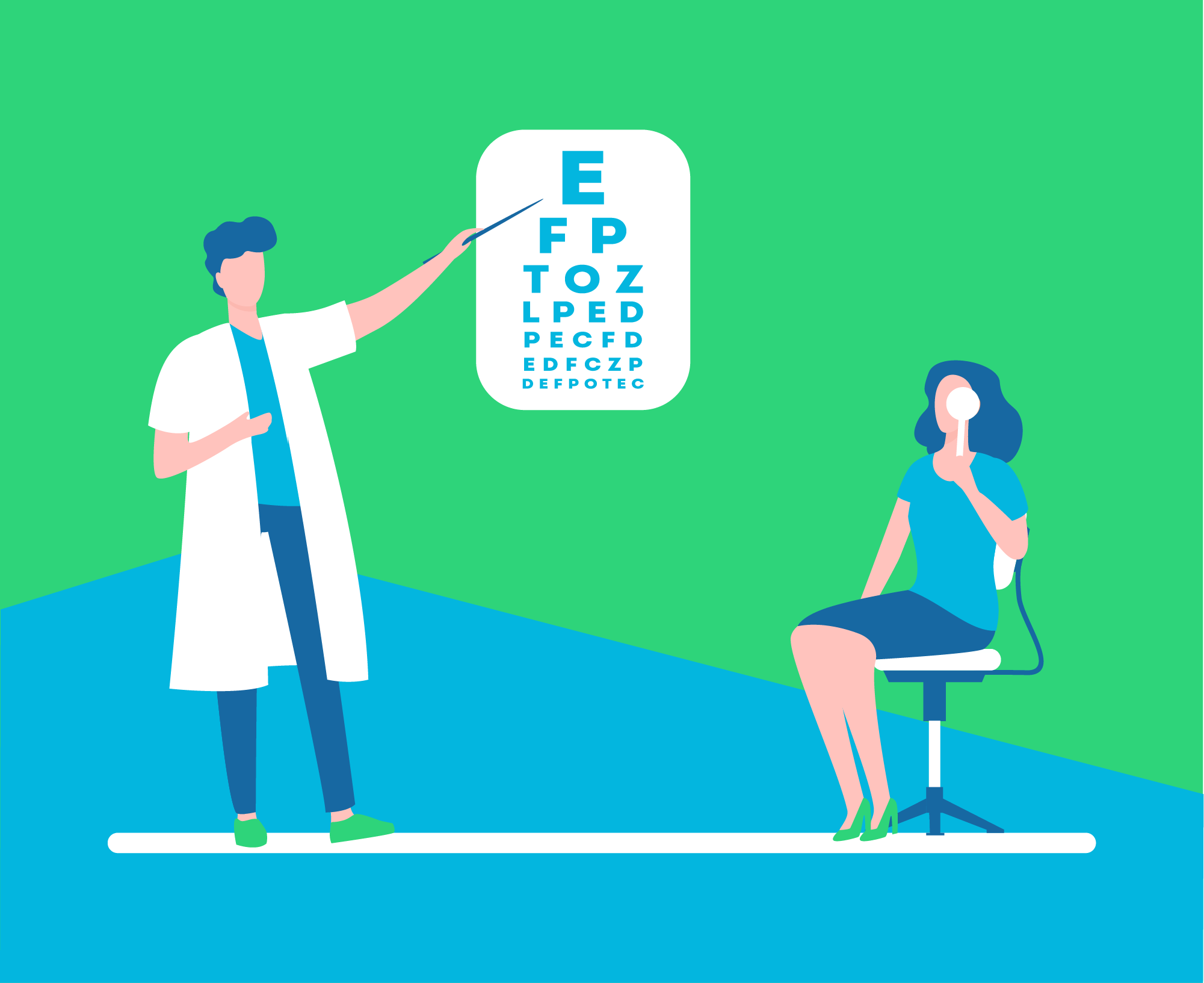
When it comes to medications and the elderly, keeping a close eye on residents’ medications, particularly those that could increase the risk of falls, is a vital component of any fall prevention strategy. Regular eye exams and hearing tests for residents can also help detect if additional interventions are needed to ensure their safety.
Conduct Regular Environmental Inspections

Even in a safety-oriented assisted living facility, environmental factors can contribute to falls. Regular inspections for potential hazards such as slippery or uneven surfaces, loose rugs, poor lighting, and clutter can mitigate the risk of falls. It’s also crucial for staff to communicate with families about the items they bring into a resident’s room to ensure that seemingly innocuous objects like coffee tables, ottomans, or area rugs don’t inadvertently increase a resident’s fall risk.
Other ways that help

- Utilize Technology: Technological aids, including wearable devices, alarms, and fall detection systems, can play a crucial role in preventing and quickly responding to falls. Making use of Game of Falls, an interactive game that educates older adults about the risks of falling in a home setup can also do wonders.
- Think about Vitamin D Supplements: Vitamin D supplements with calcium improve bone, muscle health, and overall balance, reducing the risk of falls.
- Educational Programs: Educating residents and staff about fall prevention strategies is essential. Awareness programs can significantly reduce fall incidents in long-term care settings.
10 Strategies to Safeguard Older Adults from Falls
Assisted living homes primarily cater to older adults who are at a higher risk of falls and related injuries. Therefore, it’s crucial to have comprehensive fall prevention programs in place. Fall prevention in assisted living assessment and strategies should include:
1. Interdisciplinary Falls Management Team

Establish an interdisciplinary case management team dedicated to managing falls. This team should be responsible for designing, implementing, monitoring, and regularly updating a fall management program. The program should include systems for assessing falls and injury risk, establishing a falls baseline, monitoring the facility’s falls data, and conducting analyses of falls.
2. Updating Falls Management Policies and Protocols

Regularly update all falls management policies and protocols, including risk assessment tools like the Morse scale or Hendrich II scale. These fall prevention in assisted living tools should assess both the risk of falling and the risk of serious injury.
3. Falls Management Education for Staff

Provide initial and ongoing falls management education for all staff, including professionals, clinicians, volunteers, and nonclinical employees. The education should cover risk assessment of residents and their environment, proper fall prevention in assisted living interventions, appropriate response to falls, and correct event reporting.
4. Regular Assessment and Reassessment of Residents
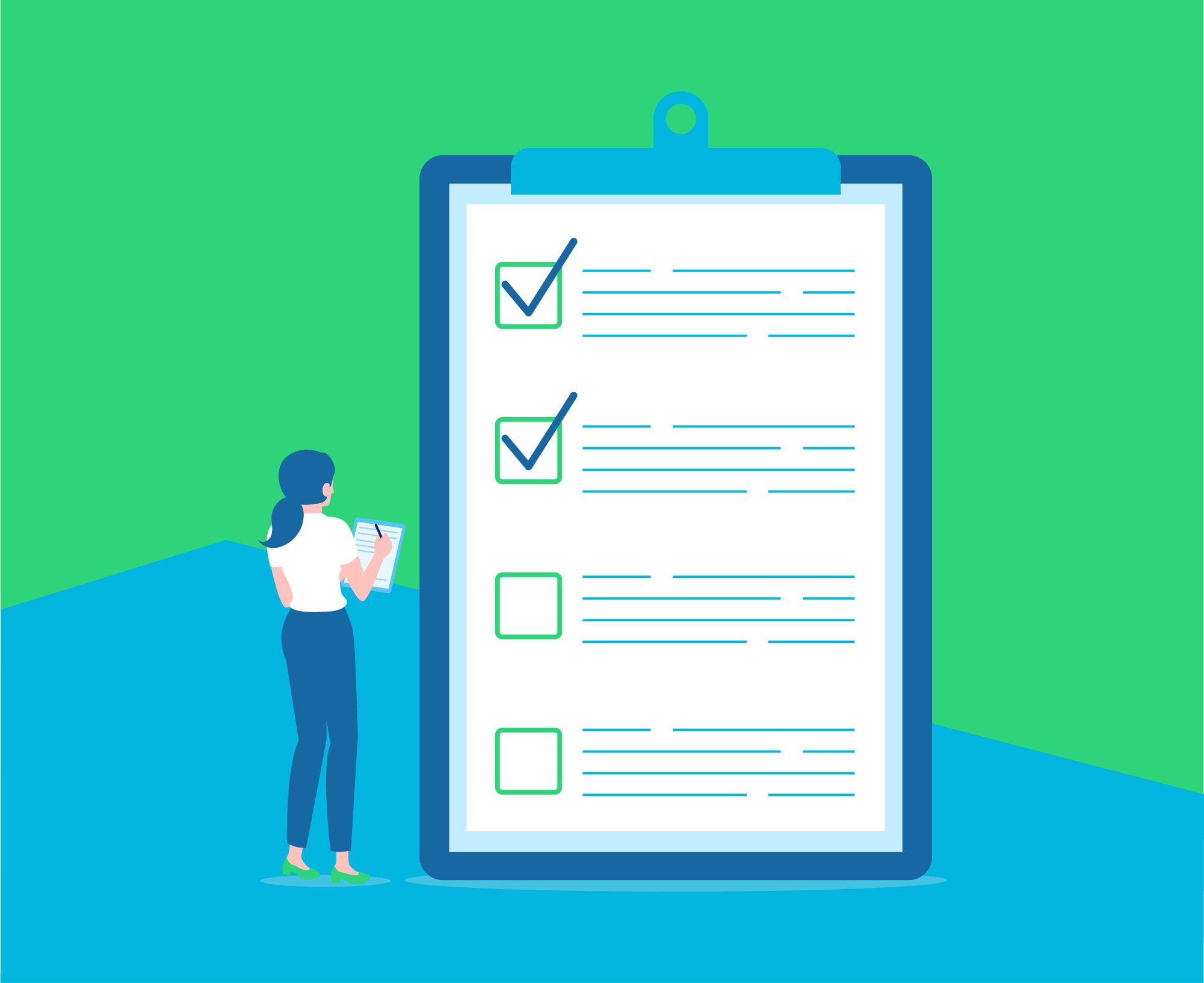
Assess residents on admission, when their physical condition changes, when they are transferred to another level of care, and when a fall or near miss occurs. Reassessments around fall prevention in assisted living should occur at least quarterly and include a review of medication regimens.
5. Effective Communication of Fall Risks

Ensure effective communication of a resident’s fall risk to the resident, their family, and all staff. Use mechanisms to identify residents at increased risk for falls, such as whiteboards in nursing stations or resident door signs.
6. Education for Residents and Families

Educate residents and families about the risk of falling and the benefits of increased mobility and autonomy. Provide informational materials and manage family expectations around fall prevention in assisted living.
7. Regular Environment-of-Care Rounds

Regularly conduct environment-of-care rounds to reduce or eliminate extrinsic risks, such as clutter or inadequate lighting for fall prevention in assisted living. Encourage residents, visitors, and staff to report any identified risk factors.
8. Provision of Standardized Fall-Prevention Equipment
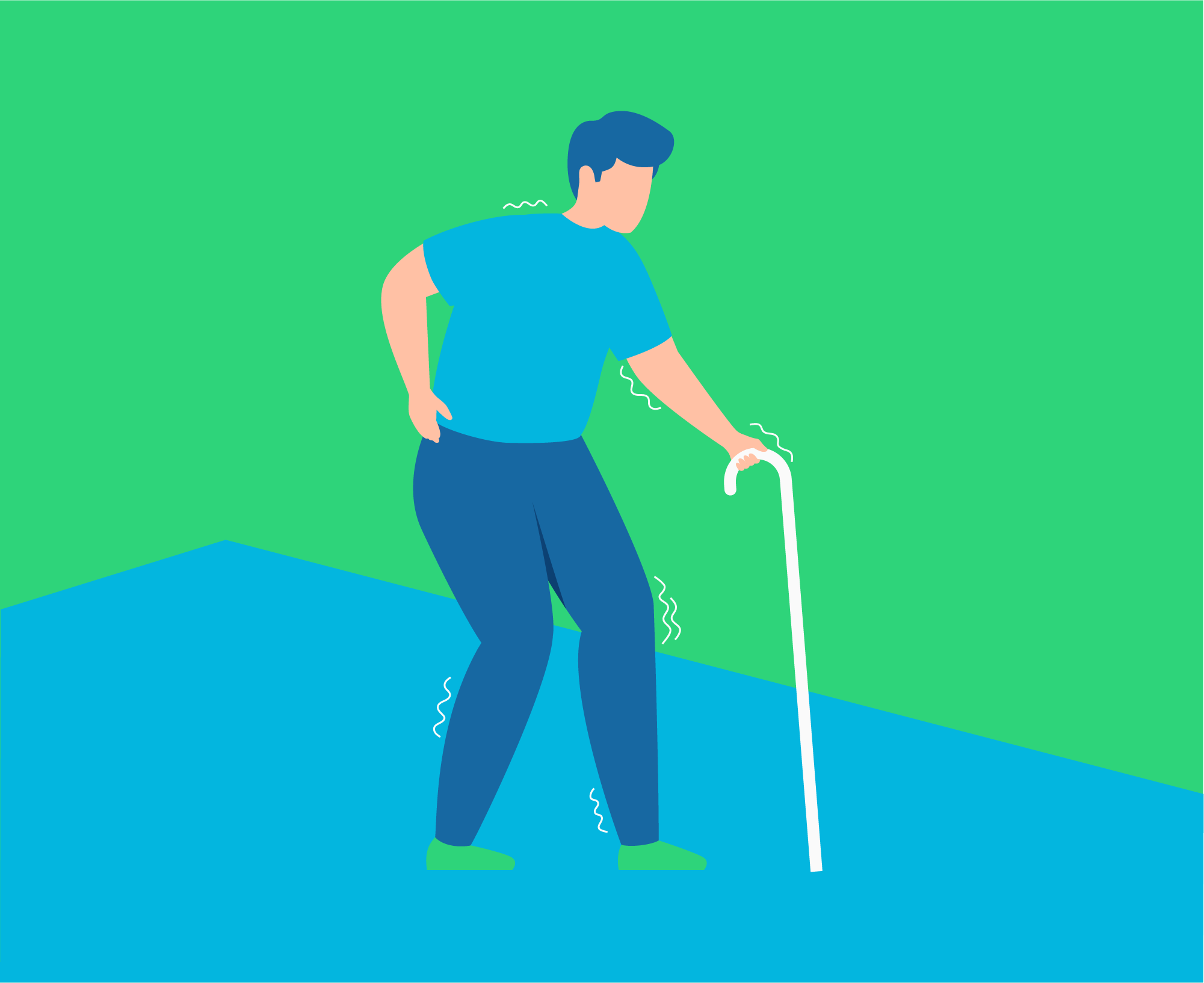
Provide standardized equipment designed to prevent falls, such as grab bars, elevated toilet seats, and bath mats, in all rooms.
9. Implementation of Effective Interventions

Implement effective interventions for residents at risk of falling. Set measurable goals for these interventions, such as reducing falls per 1,000 resident days for fall prevention in assisted living.
10. Clear Policies for Documenting and Reporting Falls

Ensure clear and consistent policies for documenting and reporting falls. Analyze fall incidents to improve the fall management program continually and help with fall prevention in assisted living.
The journey to minimize and conduct fall prevention in assisted living facilities is ongoing and crucial. By combining these strategies with a personalized approach to each resident’s needs and utilizing Game of Falls, we can create safer environments for our cherished elderly population. It’s not just about preventing falls; it’s about preserving dignity, independence, and quality of life.
As flu season turns up the dial, one question often comes to mind: Why does the flu hit older adults so hard? It’s a perfect storm where senior flu prevention becomes key since their natural aging nudges immune systems into a less active state, amplifying the impact of flu symptoms. For caregivers, ensuring flu season […]
Confidence is a crucial ingredient in living a fulfilling and independent life, especially for seniors. So, what happens when an event like a fall shakes the very foundation of a person’s confidence, particularly in the elderly? After a fall, it’s natural for seniors to feel vulnerable and apprehensive about engaging in their everyday activities. Fear […]
Have you considered that growing older might mean getting better, so long as you nurture the one body you’ve been given? Staying active is a dynamic part of aging, and a key aspect of that is utilizing preventive health screenings to catch problems early. The good news is that Medicare and most health plans cover […]
Did you know that the medicines meant to ensure your health could also increase your chances of a fall? It’s a startling thought, but true for many older adults. As we age, we often become, rather ironically, a walking pharmacy. With every pill we swallow to keep our health conditions in check, there lies an […]

